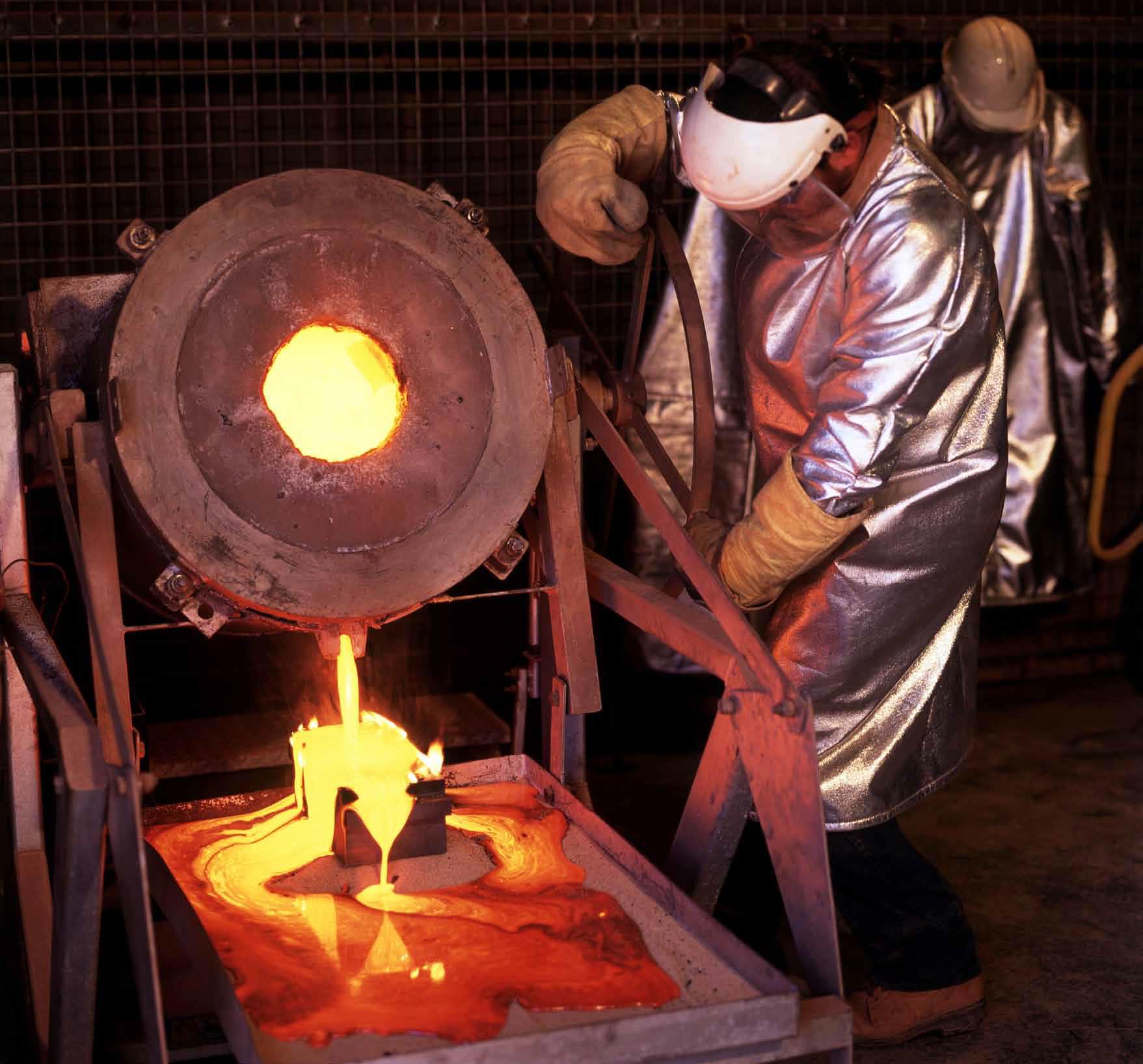
By world standards it might be a small operation but one new venture in Turkey is making a big contribution to the local community.
Nature has been very uneven in its distribution of bounties. Take gold, for example. Plenty has been found throughout North and South America. Africa and Australia are similarly blessed. China is by far the largest source of gold; but poor old Europe has been left holding all the low cards.
The highest European representative on the list of gold producing nations is Turkey, ranking just 26th in the world’s top 100 gold producers. To put output into perspective, in the same period that China produced 320,000 kilos of gold, Turkey weighed in with 12,000 kilos.
It could be argued, of course, that Turkey’s gold deposits aren’t even European, located as they are on the eastern side of the Bosphorus. But what is not in dispute is that the Çöpler Gold Mine is an important part of the Alacer Gold Corp’s portfolio and one that is all set to increase significantly in size.
In the trade, Alacer is classed as an intermediate gold producer. It is registered under the laws of the Yukon Territory in Canada, has its head office in Colorado in the States and operates mines in Australia as well as Turkey. In 2011, total production measured 421,204 ounces of gold, a figure that is certain to be surpassed in the current year.
Çöpler is located in the eastern part of Turkey, roughly 550 kilometres east of Ankara and 120 kilometres south-west of the provincial capital city of Erzincan. It’s a remote area, high in the mountains, serviced by the nearby town of ─║liʽ (population 2,500). The mine is important to the town and the immediate vicinity and provides much needed jobs in an area where little else is going on.
Like all good employers, Alacer maintains constructive partnerships with the local communities and regional stakeholders surrounding Çöpler to ensure that activities which may impact them are carried out in a consultative and participatory manner. Wherever possible, Alacer has a policy of buying parts and services from local suppliers which, in addition to the almost one thousand jobs the mine has created, means a massive boost for the local economy.
The mine itself is owned 80 per cent by Alacer with the remaining 20 per cent held by Alacer’s minority Turkish partner—Lydia Maden ─░┼ƒletmeler┼ƒ A.┼×. Alacer first acquired an interest in Çöpler over a decade ago and by 2004 it had consolidated 100 per cent control of the property. However, at that stage, all it had were the rights to mine what was still virgin territory. In 2009, though, it entered a strategic relationship with Lydia Mining and construction of the mine began not long after, with the first gold being poured December 2010 and full commercial production announced a few months later.
In fact, ramp up to full production and progress in general at the mine has gone better than planned, meaning that Çöpler exceeded expectations during its first year of operations. Commercial gold production came on stream earlier than planned and in total, the mine produced a total of 185,418 ounces of gold at a cash operating cost of $322 per ounce. Ore was sourced from the manganese pit during 2011 and 26 per cent more gold was mined than modelled, with reconciliations being 30 per cent higher on grade and three per cent lower on tonnes.
For the geologists, mineralisation at Çöpler occurs in both oxide and sulfide forms, making the ore amenable to conventional open pit mining. The oxide ores are being processed in a simple crush, agglomeration and heap leach circuit. For the deeper sulfide mineralisation, Alacer is at an advanced stage of a feasibility study to assess the processing of the sulfide ores through conventional crushing and milling, leading to a pressure oxidation circuit.
When Alacer announced the results of its preliminary feasibility study (PFS) around 18 months ago, indications were that such a project would have marked impact on the life of the mine. Gold reserves would increase from 2.2 million ounces to 4.6 million ounces and life of mine production would increase from 1.3 million ounces to 3.7 million ounces. The working life of the mine would extend to 16 years. At a gold price of $1,038 per ounce, the sulfide project would deliver $739 million in cash flow and provide a real internal rate of return of 24.6 per cent on a US$410 million initial capital investment. At a planned production rate of 8,000 tonnes per day, such a pressure oxidation circuit would not only recover additional gold but also 91 million pounds of copper.
After a break in exploration drilling during the construction phase, more than 50 kilometres of drilling were completed during 2011 at Çöpler. This has extended and upgraded known gold mineralisation. Only about half of this drilling was incorporated in an updated Çöpler resource announced early in 2012 which already reported increased measured and indicated resources to 7.3 million ounces.
Drilling is continuing at Çöpler and a further resource update is expected in the near future. This is particularly important to the work underway on the Çöpler sulfide feasibility study that is due to be completed in late 2012. Çöpler is forecast to produce 180,000 to 190,000 ounces (on a 100 per cent basis) during 2012 at a cash operating cost of $360 to $380 per ounce.
A positive development decision following the completion of the Çöpler sulfide feasibility study in late 2012 would enable construction of the sulfide project to commence. The target is for Çöpler to produce a total of 400,000 ounces when both oxide and sulfide ores are processed. With measured and indicated resources totalling 7.3 million ounces as at December 31 2011, Çöpler is proving to be a world-class deposit in a well mineralised district.
Written by Jeff Daniels; research by Abi Abagun



 AlacerCorpCopler-EMEA-Sept12-Bro-s.pdf
AlacerCorpCopler-EMEA-Sept12-Bro-s.pdf









